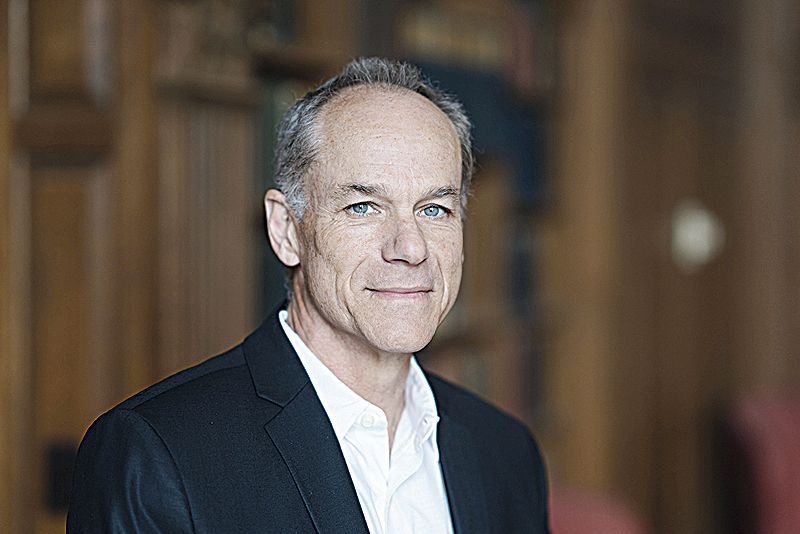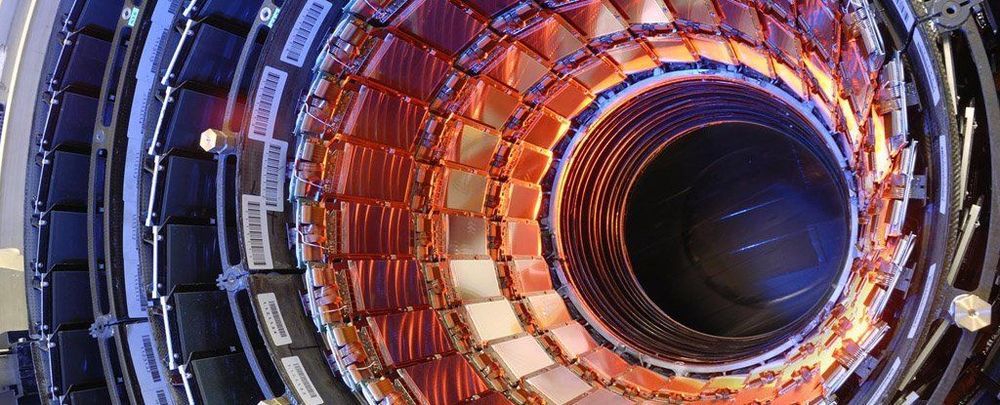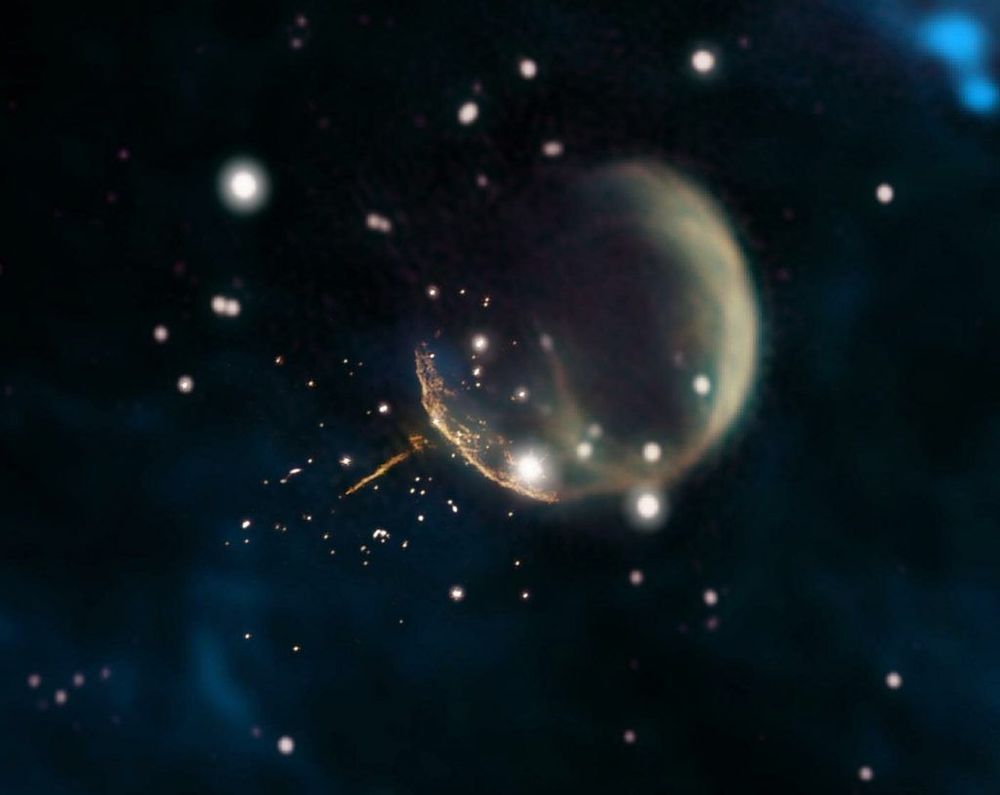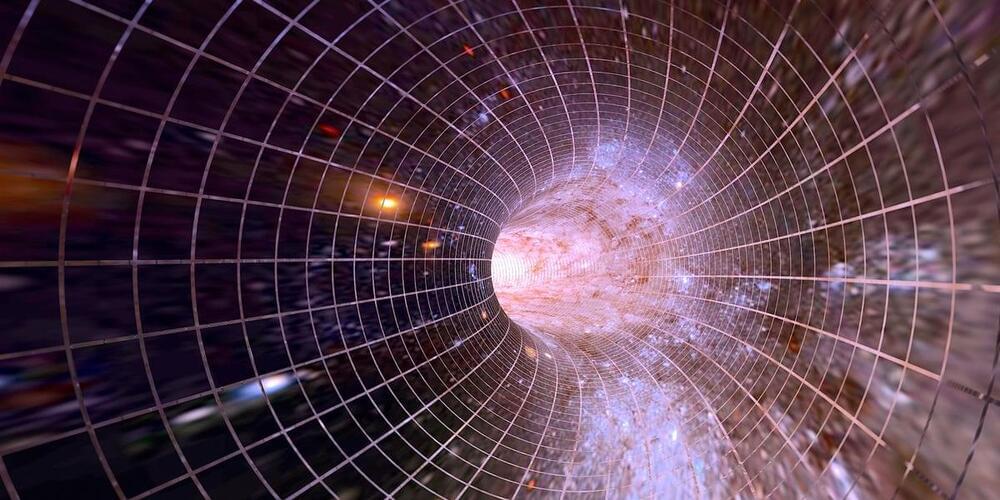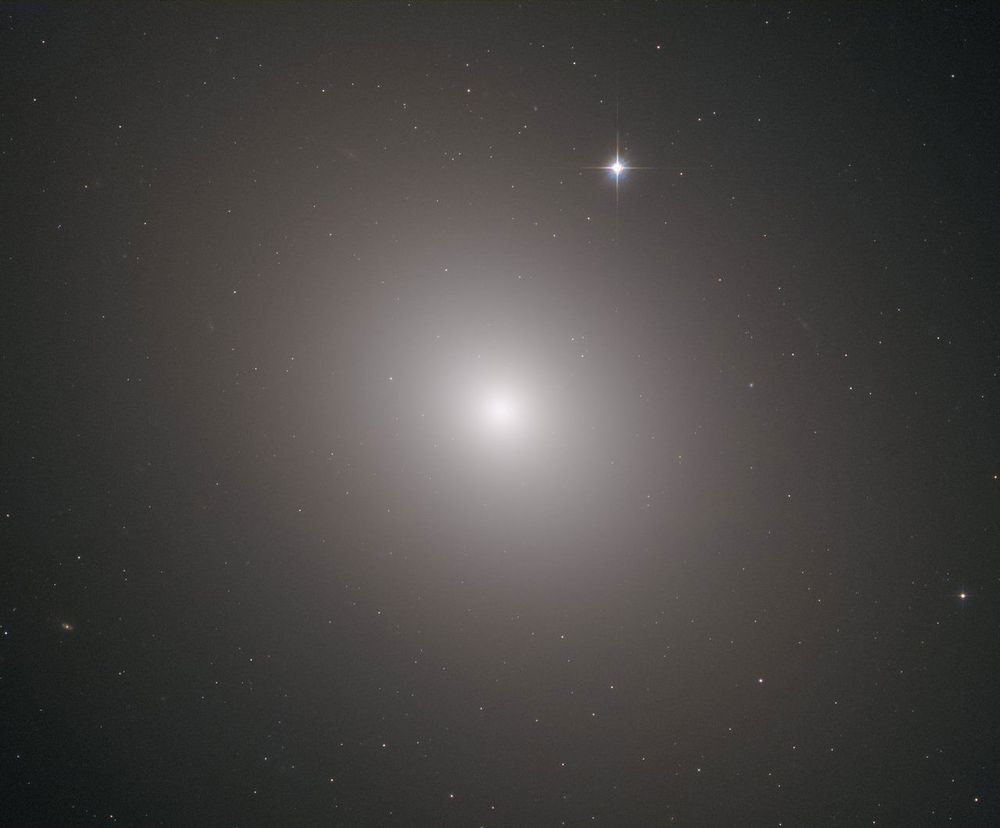Hot off the press…
Barnes & Noble Press releases a new non-fiction book The Syntellect Hypothesis: Five Paradigms of the Mind’s Evolution by Alex M. Vikoulov as Hardcover (Press Release, San Francisco, CA, USA, March 22, 2019 11.00 AM PST)
Named “The Book of the Year” by futurists and academics alike, “# 1 Hot New Release” in Amazon charts in Physics of Time, Phenomenology, and Phenomenological Philosophy, the book has now been released by Barnes & Noble Press as hardcover in addition to ebook and paperback released earlier this year. In one volume, the author covers it all: from quantum physics to your experiential reality, from the Big Bang to the Omega Point, from the ‘flow state’ to psychedelics, from ‘Lucy’ to the looming AI Singularity, from natural algorithms to the operating system of your mind, from geo-engineering to nanotechnology, from anti-aging to immortality technologies, from oligopoly capitalism to Star-Trekonomics, from the Matrix to Universal Mind, from Homo sapiens to Holo syntellectus.

